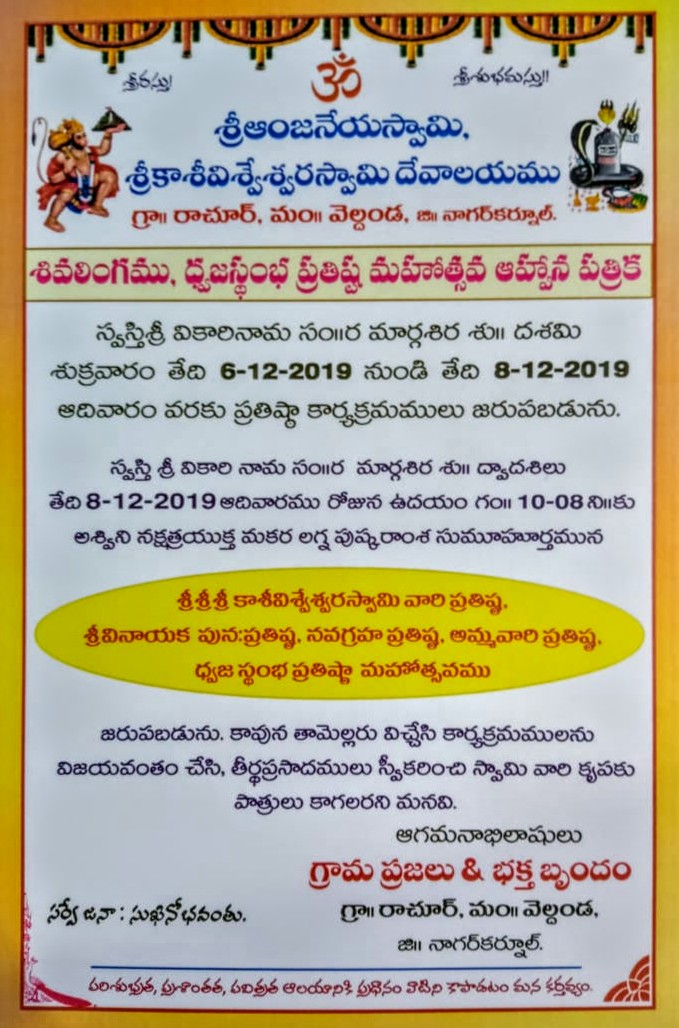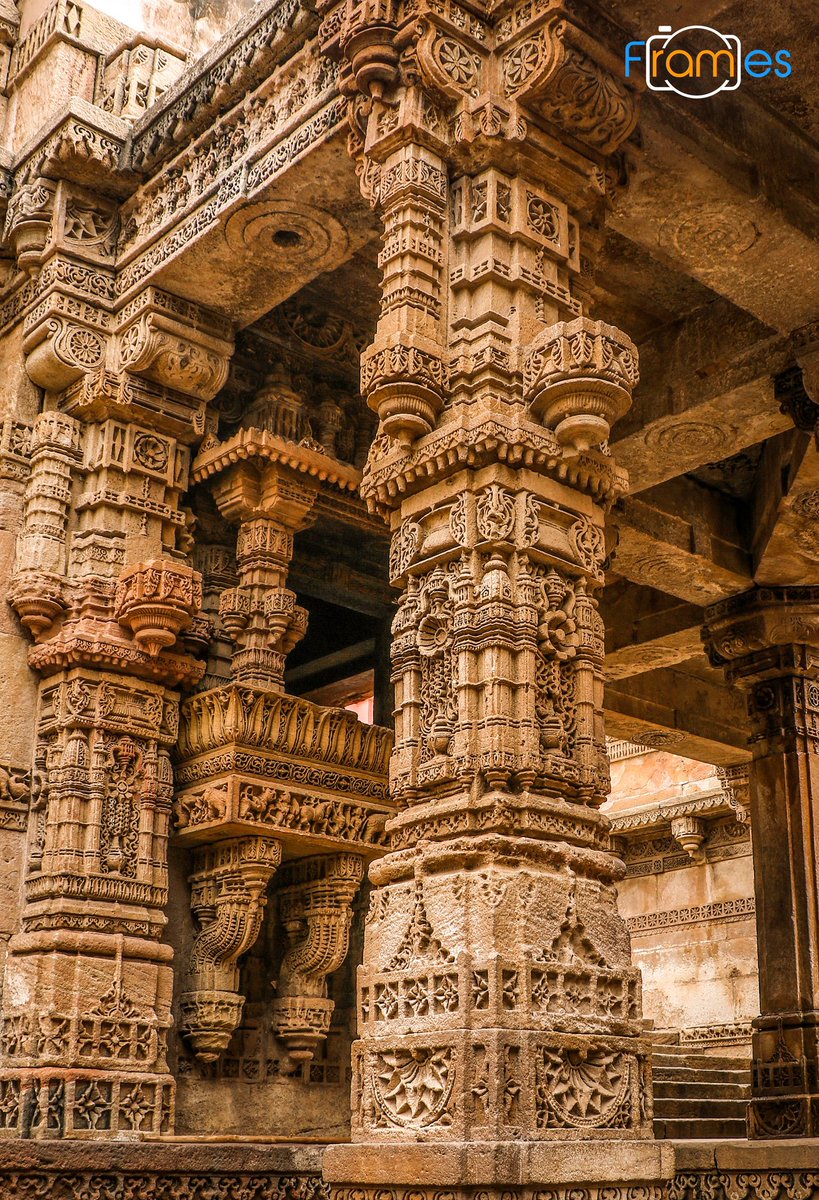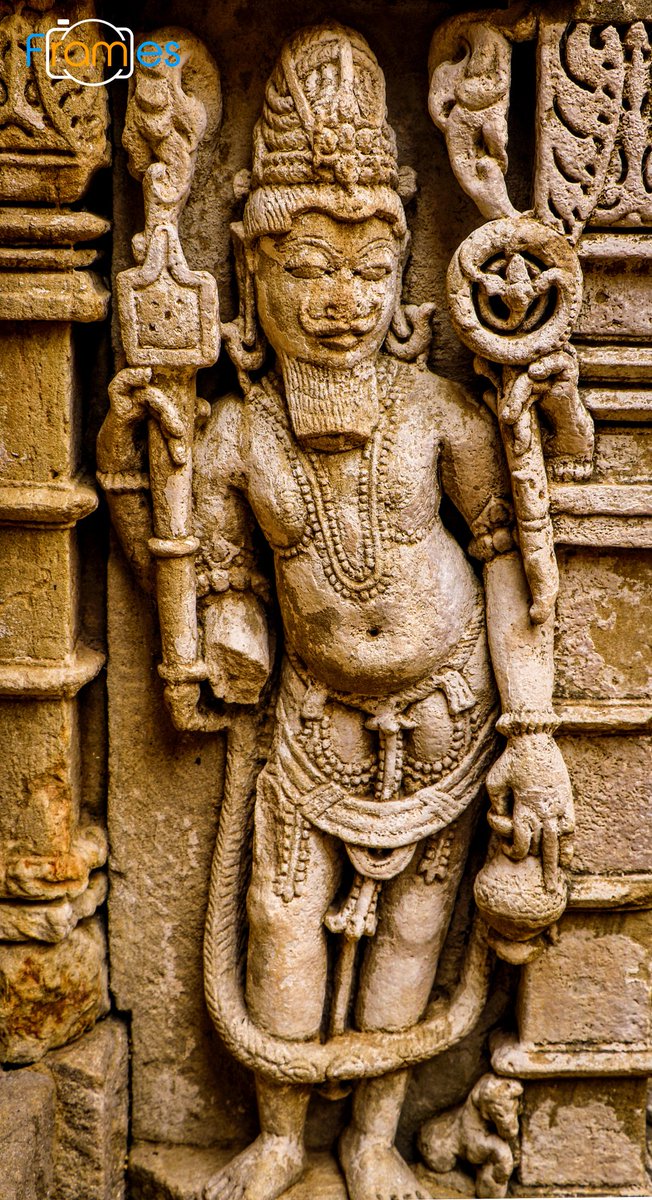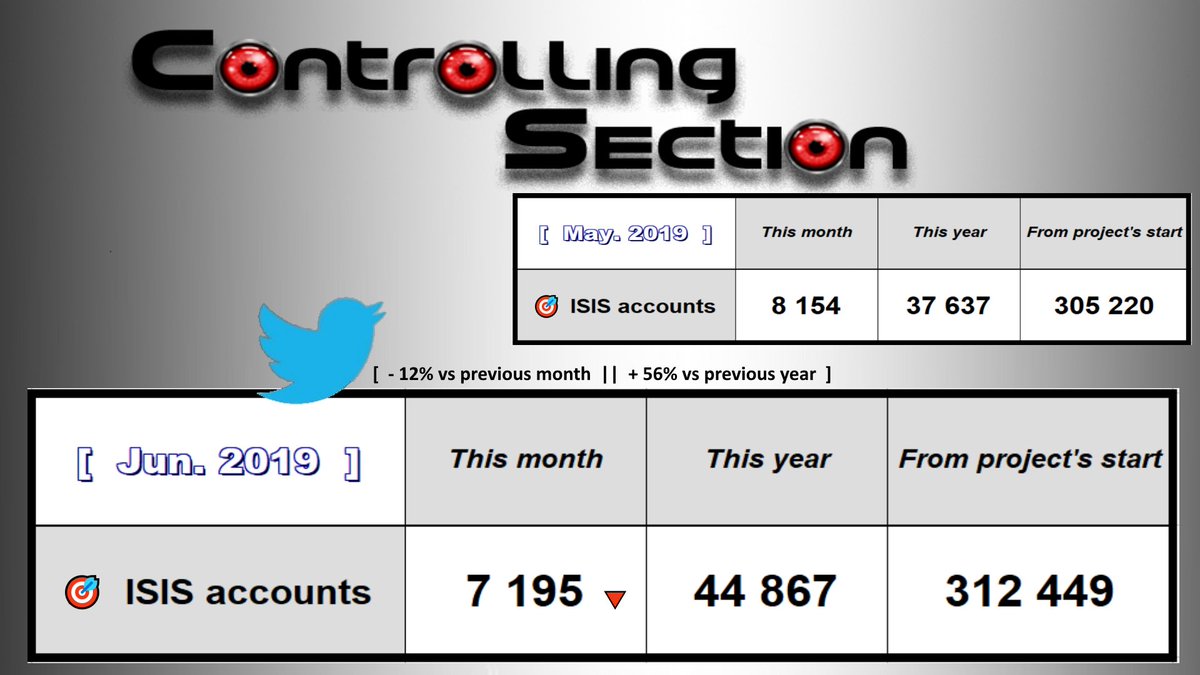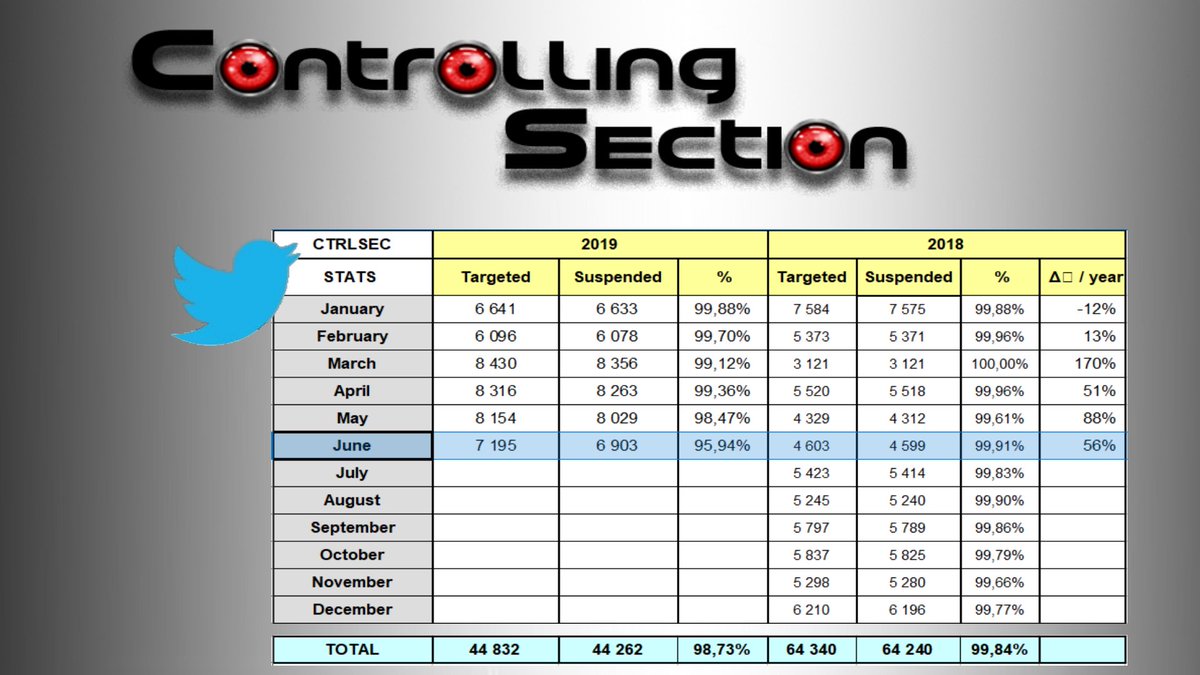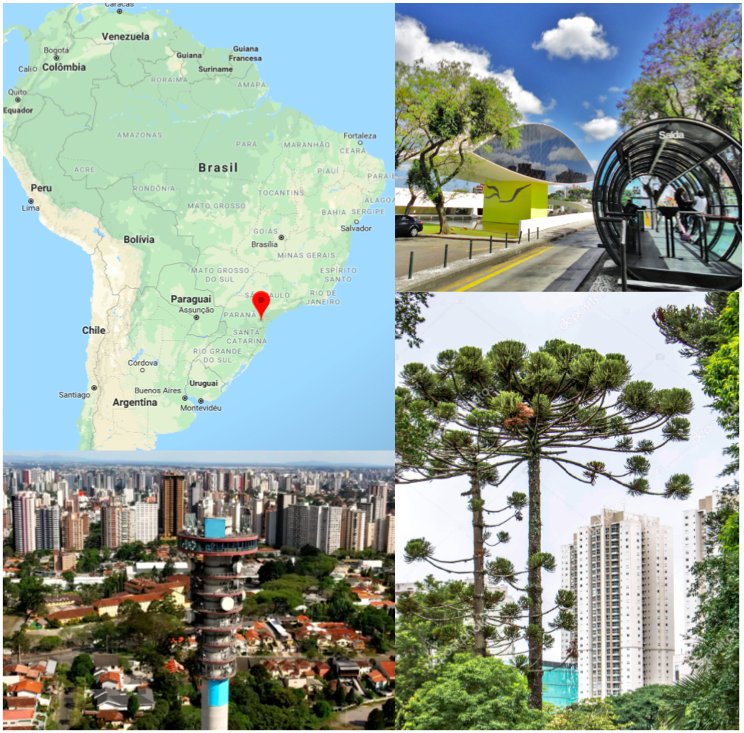1/n
1. One technique that surprises is how they have managed to construct temples at vortexes - the energy points of Earth.
2/n
3. Temple always is constructed after its radial point is decided. Like the process of "Anda-Pinda-Brahmanda"
3/n
Vastu Purusha Mandala is also is representation of a human being in Manduka position.
5. The selection of site for temple is well researched
4/n
6. Our ancestors meticulously worked on blue prints, on perishable material.
5/n
7. Mula virat is always considered the center or Nabhi. They are Achala (immovable) murtis physically and becomes so after Prana Pratista.
6/n
7/n
8. The temples are never constructed using cementing material. The stone blocks are arranged in interlocking manner to finish a temple.
8/n
Due to interlocks a totally fallen temple can be rearranged back to its glory.
9/n
10. The use of material for temple construction is indigenous.
Kath-Khuni Style (stone & wood) is an anti-earthquake technique used by them.
11/n
Murti is garbha griha is complete size, 108 Angulas so is called Uttama Murti.
Murti outside garbhGriha is less than 108 angulas & is called Madhyama or Adhama Murti.
12/n
Where as Dravida (South Indian) Temple represents a Lying purusha
Both temples have all the parts of an human being. It's basically the representation of body as temple and Soul as God.
13/n
Lower levels have animals
Middle layers with Gods and their family members. Kama related subjects are in upper layers.
These layers acts as wikipedia for parents to teach their kids.
The layers represent the growth of Human
14/n
@ReclaimTemples
@LostTemple7
@punarutthana
@SaveTemplesBH


